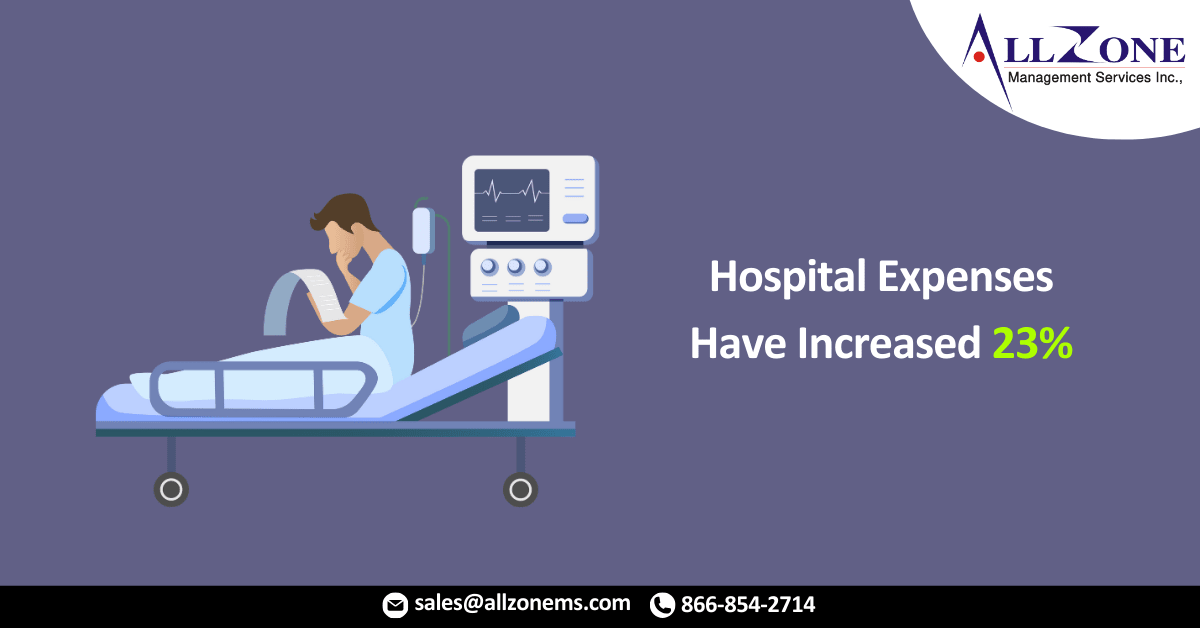Supply chain issues, medication costs, and labor challenges sparked by the COVID-19 pandemic have contributed to the spiking hospital expenses.
Hospital expenses have increased 23 percent since 2016, a spike researchers attributed to continuous COVID-19 challenges, according to a recent analysis.
By analyzing American Hospital Association data, investigators noticed hospital expenses increased 47 percent in 2020when comparing expenses to 2011 rates.
During the first year of the COVID-19 pandemic, hospital expenses per patient grew from $2,420 to $2,646, equaling out to a 9 percent increase.
The sharp increase in hospital expenses is part of a trend that goes back at least a decade.
However, alongside that, COVID-19 pandemic trends, such as staffing shortages, supply chain issues, and medication costs, are all factors that added to the inflating hospital expenses.
Multiple factors are contributing to alarming and sustained increases in hospital expenses. Growth in labor expenses are outpacing increases in hours worked, suggesting hospitals are paying more due to nationwide labor shortages. Rising supply and drug expenses also point to worldwide supply chain issues.
Currently, Washington, Oregon, and New York have the highest hospital costs at nearly $4,000 per patient.
In some states, hospitals cost did not reach nearly as high, but many experienced dramatic jumps in costs. In more than eight states, expenses have increased by 15 percent since 2019. Meanwhile, expenses have increased by more than 20 percent in 29 states since 2016.
Investigators uncovered that the more hospital expenses went up, the more people paid for health insurance.
Even though hospital expenses for patient care are not a direct indicator of patient care cost; the report found that health insurance premiums have risen by 17 percent since 2016.
In South Carolina, Nebraska, and Vermont, premiums grew the fastest; patients in those states are paying nearly 30 percent more than they were in 2016.
Unlike hospital expenses, the rise of insurance premiums didn’t drastically increase during the first year of the pandemic.
The analysis showed that health insurance premiums rose by 3 percent from 2019 to 2020. However, preliminary information from 2022 suggests that health insurance premiums have increased by almost 24 percent in some states over the last year.
Additionally, more patients without health insurance were seen during the first year of the pandemic. Between 5 and 10 million people lost their health insurance in 2020, bringing the total number of people without health insurance to nearly 30 million.
Uninsured patients have higher medical bills, which often fall on medical providers.
More recent data showed that the percentage of people covered by some type of health insurance was greater in 2021 than in 2020, the year the pandemic started.
The uninsured rate seems to have decreased last year as more people enrolled in public coverage, including Medicaid, Medicare, and the Civilian Health and Medical Program of the Department of Veterans Affairs (CHAMPVA).
For More Information: hospital expenses have increased 23 in less than a decade

